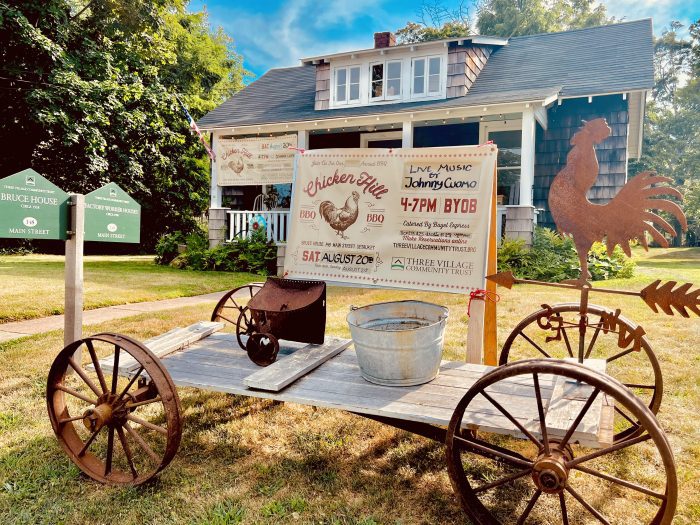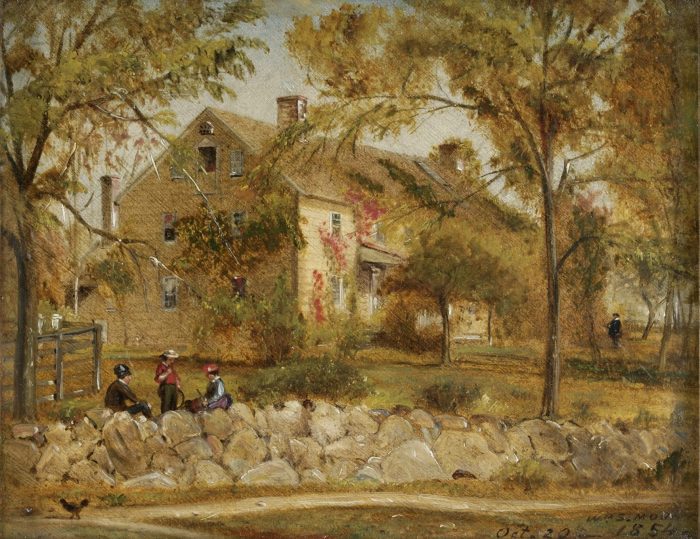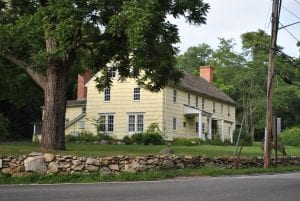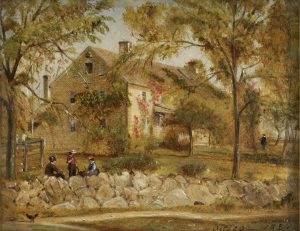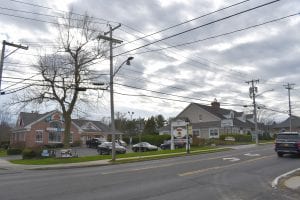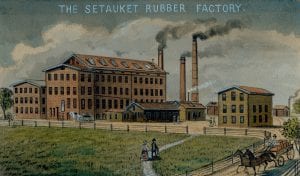Tickets are on now on sale!
The Three Village Community Trust invites the community to its 7th annual Chicken Hill Country Picnic and Barbecue on the lawn of the Bruce House, 148 Main St., Setauket on the grounds of the Setauket Rubber Factory Houses on Saturday, Aug. 20 from 4 to 7 p.m.
A fun, family event to celebrate the history of the Three Villages, participants will enjoy hamburgers, hot dogs, corn on the cob, chicken dogs, drinks, art raffle and raffle baskets.
Headlining the entertainment for the afternoon will be Johnny Cuomo, the popular musician, author, and storyteller. Johnny has established himself as a distinctive voice of America’s tunes, Irish songs, folk music, and minstrels. The Trust is thrilled to host Johnny Cuomo in the heart of the Three Villages – at Chicken Hill. There will also be house tours and talks about the history and importance of a ‘community lost in time’ – Chicken Hill.
All proceeds from the event will go to the ongoing restoration of the Factory Worker Houses, and the other historical properties of the Trust, as well as the upkeep of the Setauket to Port Jefferson Station Greenway.
Tickets are $25 in advance, $30 at the door, $5 kids 5 to 12, under age 5 free. Bring seating. Rain date is Sunday, Aug. 21.
Online sales at: threevillagecommunitytrust.org or mail a check to TVCT, PO Box 2596, Setauket, NY 11733
Need more info? Call H. Mones at 631-942-4558, or write to [email protected], or [email protected]
Background:
The three Factory Worker Houses at 148 Main Street in Setauket were built in the late 1800’s and represent an important part of the American immigrant experience.
Near this site, the Setauket Rubber Factory operated as Long Island’s leading producer of domestic goods. Hundreds of workers helped manufacture such items as shoes, boots and rain gear.
Immigrants arriving in New York City from Eastern Europe and Russia were offered steady work and inexpensive housing at the factory. These new Americans came to this area in the hopes of a better life, although the work was difficult, conditions poor and the pay low.
Housing was provided by the factory in the form of the modest “factory houses.” Each of these “company houses” has essentially two rooms – one room on the first floor and one on the second floor. Several families would crowd into the houses to afford the monthly rent payments. The surrounding area – a half mile in each direction – came to be known as “Chicken Hill.”
Yet, despite the poor working and living conditions, the immigrants helped build a vibrant community. By 1881, by there were enough Irish-Catholics in Setauket to hold a St. Patrick’s Day Parade, and build the community’s first Catholic Church on Main Street. The Jewish population, recruited from Ellis Island, was large enough to support a synagogue – the first on Long Island – called Agudas Achim or “Good Fellowship.
Saved from demolition due to the efforts of NYS Assemblyman Steven Englebright, the Three Village Community Trust and dedicated community volunteers, the “Immigrant Worker Factory Houses” were moved to this site for the purpose of preservation and restoration.
Today, these small, rustic houses are a visual reminder of the hopes, dreams and struggles of so many of our nation’s immigrants.

